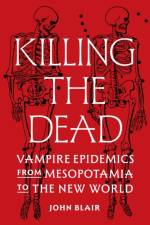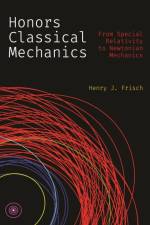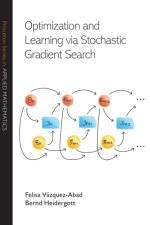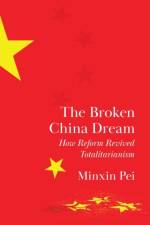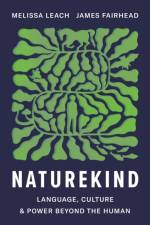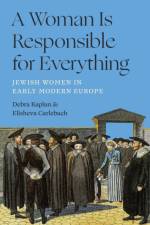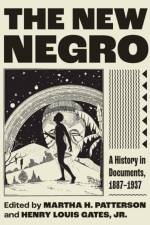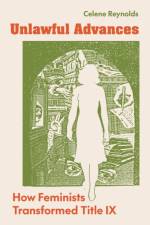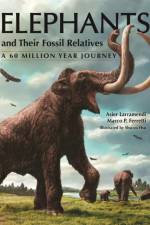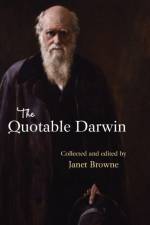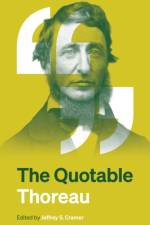av Henry David Thoreau
249 - 265,-
A comprehensive and authoritative collection of Thoreau quotations on more than 150 subjects, from beauty to wisdomFew writers are more quotable than Henry David Thoreau. His books, essays, journals, poems, letters, and unpublished manuscripts contain an inexhaustible treasure of epigrams and witticisms, from the famous ("The mass of men lead lives of quiet desperation") to the obscure ("Who are the estranged? Two friends explaining") and the surprising ("I would exchange my immortality for a glass of small beer this hot weather"). The Quotable Thoreau, the most comprehensive and authoritative collection of Thoreau quotations ever assembled, gathers more than 2,000 memorable passages from this iconoclastic American author, social reformer, environmentalist, and self-reliant thinker. Including Thoreau's thoughts on topics ranging from sex to solitude, manners to miracles, government to God, life to death, and everything in between, the book captures Thoreau's profundity as well as his humor ("If misery loves company, misery has company enough"). Drawing primarily on The Writings of Henry D. Thoreau, published by Princeton University Press, The Quotable Thoreau is thematically arranged, fully indexed, richly illustrated, and thoroughly documented. For the student of Thoreau, it will be invaluable. For those who think they know Thoreau, it will be a revelation. And for the reader seeking sheer pleasure, it will be a joy. Over 2,000 quotations on more than 150 subjectsRichly illustrated with historic photographs and drawingsThoreau on himself and his contemporariesThoreau's contemporaries on ThoreauBiographical time lineAppendix of misquotations and misattributionsFully indexedSuggestions for further reading


